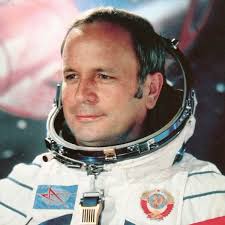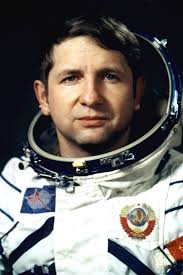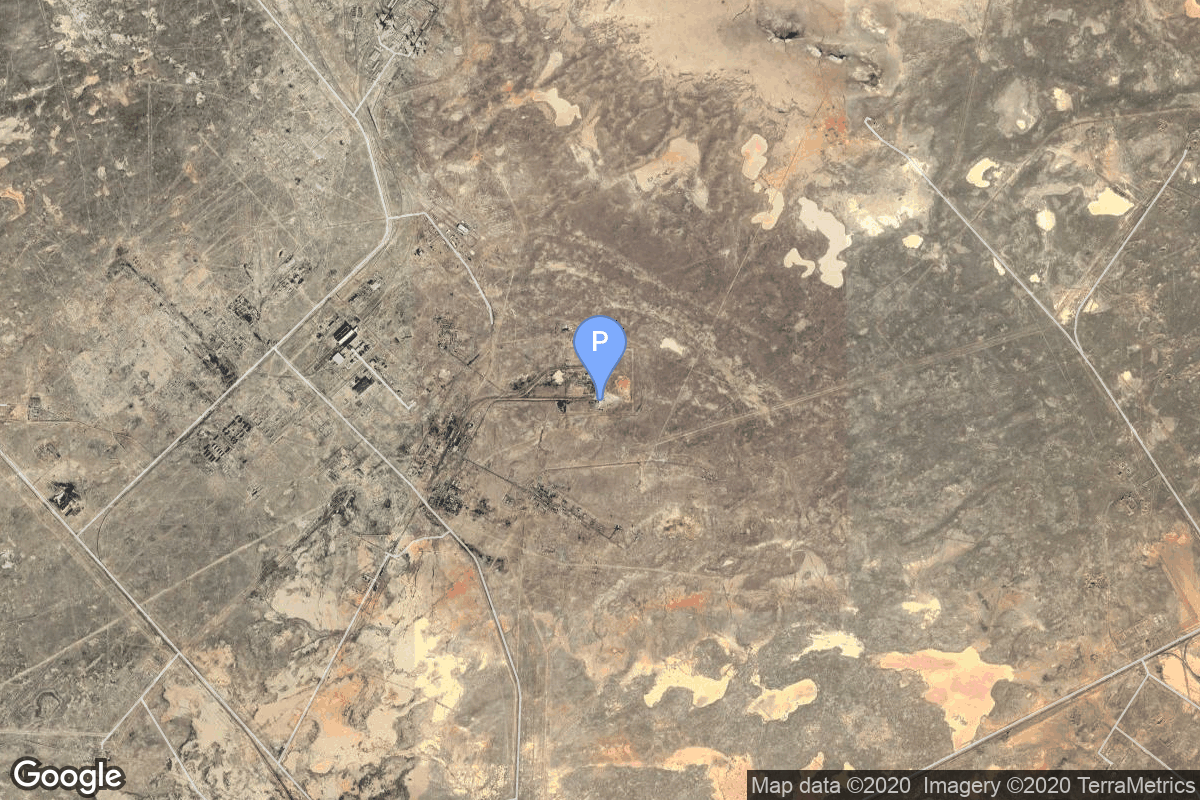Soyuz 24
Soyuz-U
Soviet Space Program
Crew

Viktor Gorbatko
- Birthday: 12/03/1934
- Role: Commander
- Nationality: Russia
- First Flight: 10/12/1969
- Last Flight: 07/23/1980
Viktor Vasilyevich Gorbatko (Russian: Ви́ктор Васи́льевич Горба́тко; December 3, 1934 – May 17, ...

Yury Glazkov
- Birthday: 10/02/1939
- Role: Flight Engineer
- Nationality: Russia
- First Flight: 02/07/1977
- Last Flight: 02/07/1977
Yury Nikolayevich Glazkov (Russian: Ю́рий Никола́евич Глазко́в; 2 October 1939 – 9 December 2008) w...
Mission
Soyuz 24
- Type: Human Exploration
- Orbit: Low Earth Orbit
Soyuz 24 was the last crewed flight to the Salyut 5 military space station. The mission began on February 7, 1977, 16:11 UTC, launching Commander Viktor Gorbatko and Flight Engineer Yuri Glazkov into orbit. They docked with the station the next day, where they partially replaced station's atmosphere, as it was presumed that toxic fumes contributed to deteriorated health of the Soyuz 21 crew. Gorbatko and Glazkov fininshed the research started by the previous expedition. This was the final flight to a military Salyut station and the final all-military crew to be launched by Soviets.
Soyuz 24 returned to Earth with a safe landing on February 25, 1977, 09:38 UTC.
Location
1/5
Baikonur Cosmodrome, Republic of Kazakhstan
1/5 has witnessed the launch of 487 rockets, including 487 orbital launch attempts. While Baikonur Cosmodrome, Republic of Kazakhstan, has been the site for 1555 rocket launches.
The Baikonur Cosmodrome is a spaceport operated by Russia within Kazakhstan. Located in the Kazakh city of Baikonur, it is the largest operational space launch facility in terms of area. All Russian crewed spaceflights are launched from Baikonur.
Agency
Soviet Space Program
The Soviet space program, was the national space program of the Union of Soviet Socialist Republics (USSR) actived from 1930s until disintegration of the Soviet Union in 1991.
The Soviet Union's space program was mainly based on the cosmonautic exploration of space and the development of the expandable launch vehicles, which had been split between many design bureaus competing against each other. Over its 60-years of history, the Russian program was responsible for a number of pioneering feats and accomplishments in the human space flight, including the first intercontinental ballistic missile (R-7), first satellite (Sputnik 1), first animal in Earth orbit (the dog Laika on Sputnik 2), first human in space and Earth orbit (cosmonaut Yuri Gagarin on Vostok 1), first woman in space and Earth orbit (cosmonaut Valentina Tereshkova on Vostok 6), first spacewalk (cosmonaut Alexei Leonov on Voskhod 2), first Moon impact (Luna 2), first image of the far side of the Moon (Luna 3) and unmanned lunar soft landing (Luna 9), first space rover (Lunokhod 1), first sample of lunar soil automatically extracted and brought to Earth (Luna 16), and first space station (Salyut 1). Further notable records included the first interplanetary probes: Venera 1 and Mars 1 to fly by Venus and Mars, respectively, Venera 3 and Mars 2 to impact the respective planet surface, and Venera 7 and Mars 3 to make soft landings on these planets.


